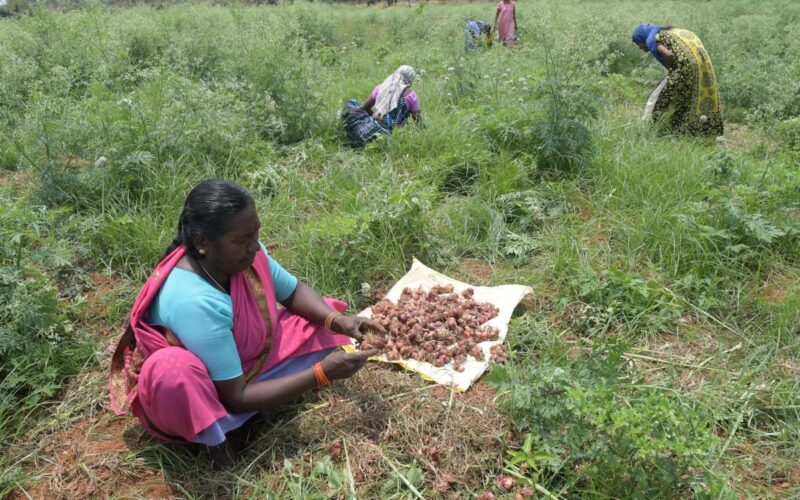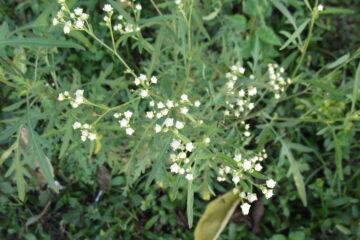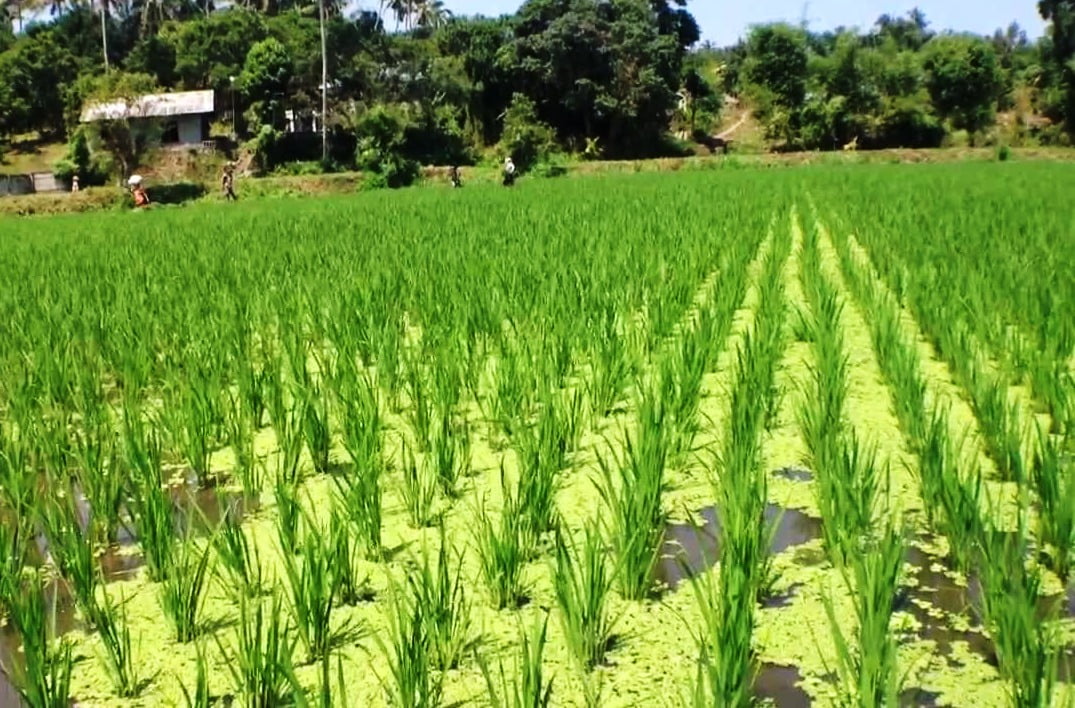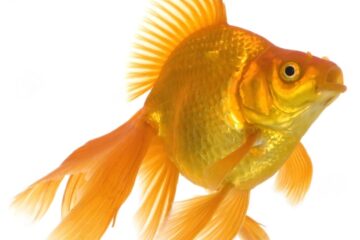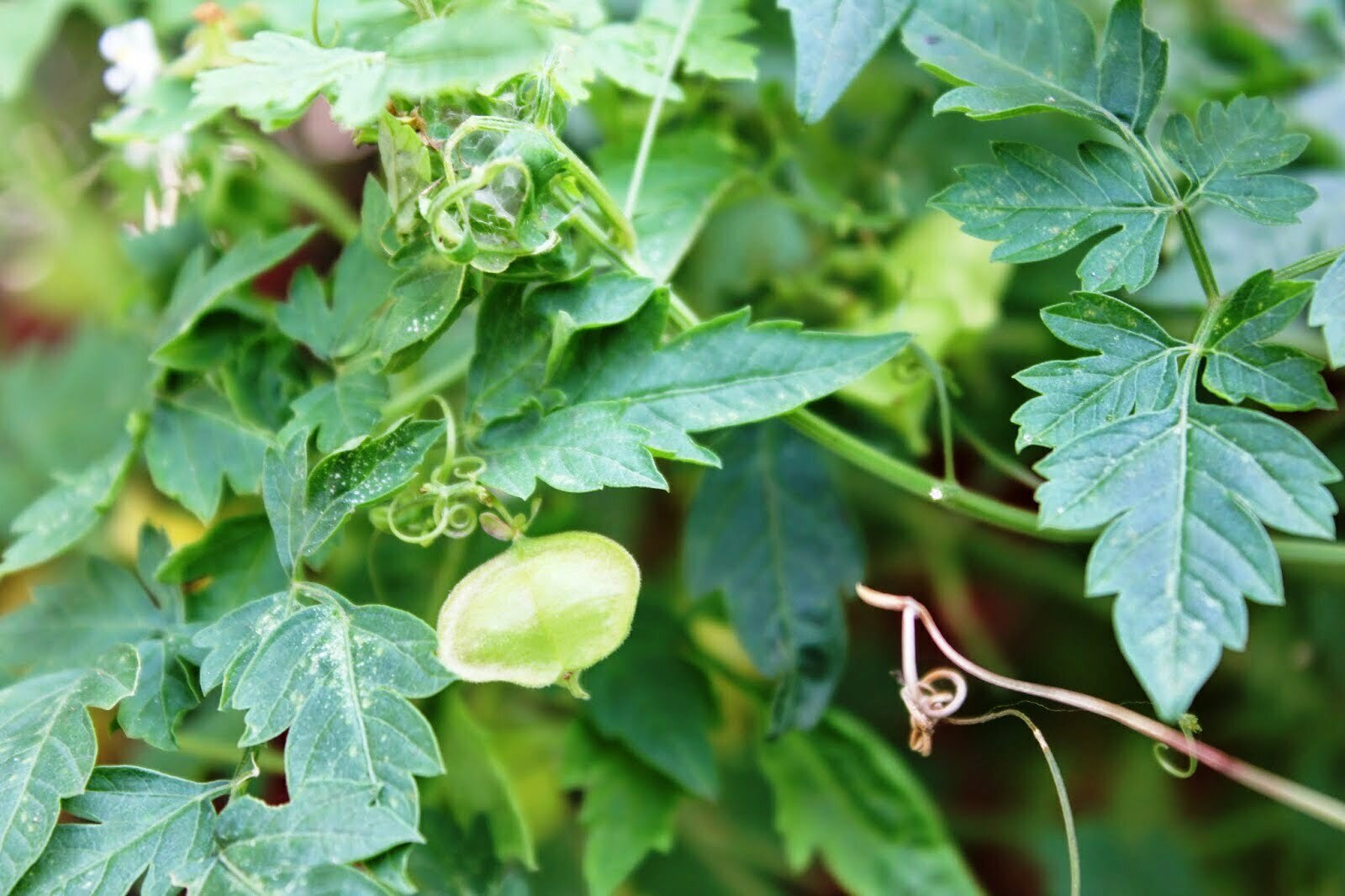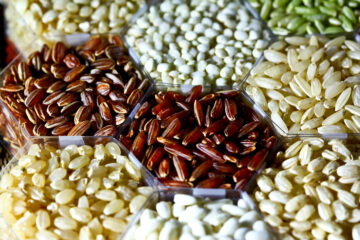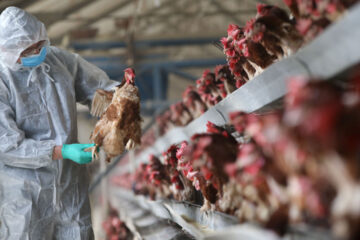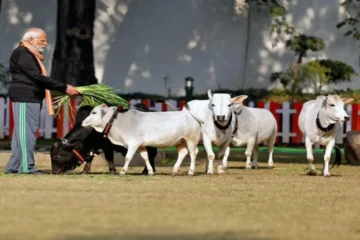Water requirements for onion crops depend on the growth stage, soil type, irrigation method, and the age of the crop. Generally, around 30 inches of water is needed for the entire growth cycle of onions. It is recommended to irrigate to a depth of 0.3-0.4 inches per day. Initial watering should be done three days after transplanting.
Subsequently, based on soil moisture, irrigation should be done at intervals of 7-10 days. Typically, Kharif crops require 5-8 irrigations, late Kharif crops need 10-12 irrigations, and Rabi crops need 12-15 irrigations.
As onions are shallow-rooted, frequent light irrigation is necessary to maintain the appropriate soil moisture for optimal growth and bulb development. Irrigation should be stopped 10-15 days before harvesting to prevent bulb rot during storage and to enhance shelf life.
Excessive irrigation is harmful. During the rainy season, proper drainage must be ensured to prevent waterlogging. As a basal application, 100 kg of neem cake and 2 kg of Trichoderma harzianum mixed with 50 kg of farmyard manure should be applied per acre.
During the growth phase, spraying a mixture of 10 grams of Bacillus + Trichoderma harzianum per liter of water every 15 days helps reduce pest incidence. Irrigation during dry periods may cause splitting of outer scales and bolting (flowering) in onions, leading to smaller bulbs and reduced market value.
In canal irrigation, water loss due to evaporation, seepage, and percolation is high. Modern irrigation techniques like drip and micro-sprinkler irrigation help save water and significantly increase the yield and quality of the produce.
In drip irrigation, the seedlings should be planted at a spacing of 10×15 cm, on beds that are 15 cm high, 120 cm wide, and 45 cm deep. Each bed should have two lateral drip lines of 16 mm diameter, with emitters (inbuilt emitters) spaced at 60 cm intervals.
The distance between emitters in the built-in system should be 30-50 cm, with a discharge rate of 4 liters per hour. When using the rain hose method, the distance between two 20 mm microtube laterals should be 6 meters, with a discharge rate of 135 liters per hour.
Compared to canal irrigation, drip irrigation results in a 15-25% increase in yield and better-quality bulbs suitable for the market. It also provides benefits like 35-40% water savings and a 25% reduction in labor costs.
Fertigation, the application of fertilizers through drip irrigation, is an efficient and effective method. In this approach, the required nutrients are dissolved in irrigation water and delivered directly to the plants.
For one hectare of onion crops, 60:60:30 kg of nitrogen, phosphorus, and potassium are required. Of this, 75% of the phosphorus should be applied as a basal dose. The remaining 60:15:30 kg of nitrogen, phosphorus, and potassium should be applied through fertigation, providing irrigation for one hour daily. The water-soluble fertilizers should be mixed in the irrigation water. Fertilization should be divided and applied every three days throughout the crop’s lifespan.
Dosage Details per Hectare:
– On days 3, 6, and 9: 2.12 kg of 19:19:19 fertilizer and 0.88 kg (880 grams) of urea.
– From day 11 to day 35: Every three days, apply 0.36 kg (360 grams) of 12-61-0, 0.68 kg (680 grams) of 13-0-45, and 1.68 kg (1,680 grams) of urea.
– From day 36 to day 60: Every three days, apply 0.36 kg (360 grams) of 12-61-0, 0.92 kg (920 grams) of 0:0:50, and 1.88 kg (1,880 grams) of urea.
– From day 61 to day 90: Every three days, apply 0.64 kg (640 grams) of 19:19:19, 0.72 kg (720 grams) of 0:0:50, and 1.32 kg (1,320 grams) of urea.
This method ensures a high yield, quality bulbs suitable for the market, and better prices. Drip irrigation not only helps in water conservation but also reduces nitrogen loss in groundwater as nutrients are available only in the root zone.
Dr. V. Sangeetha, Horticulture Technical Expert, Krishi Vigyan Kendra, Perambalur.

